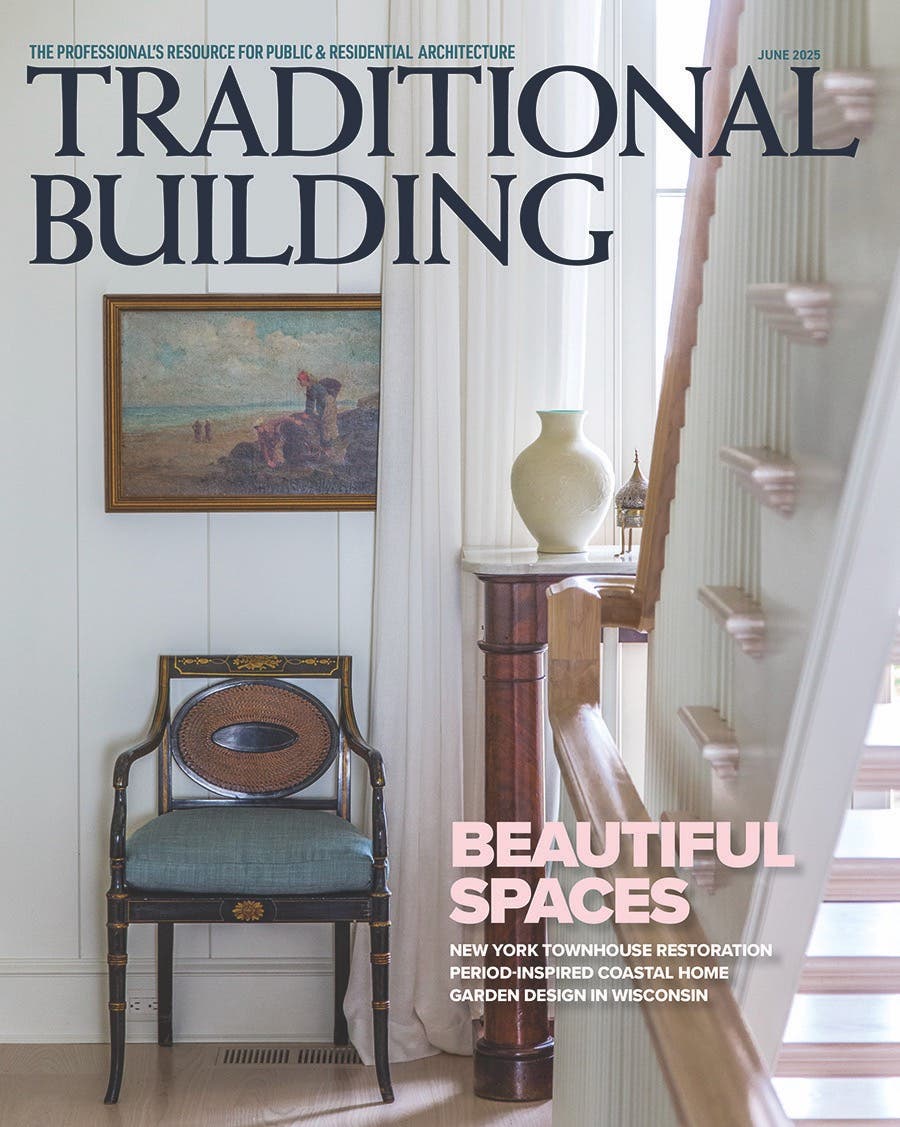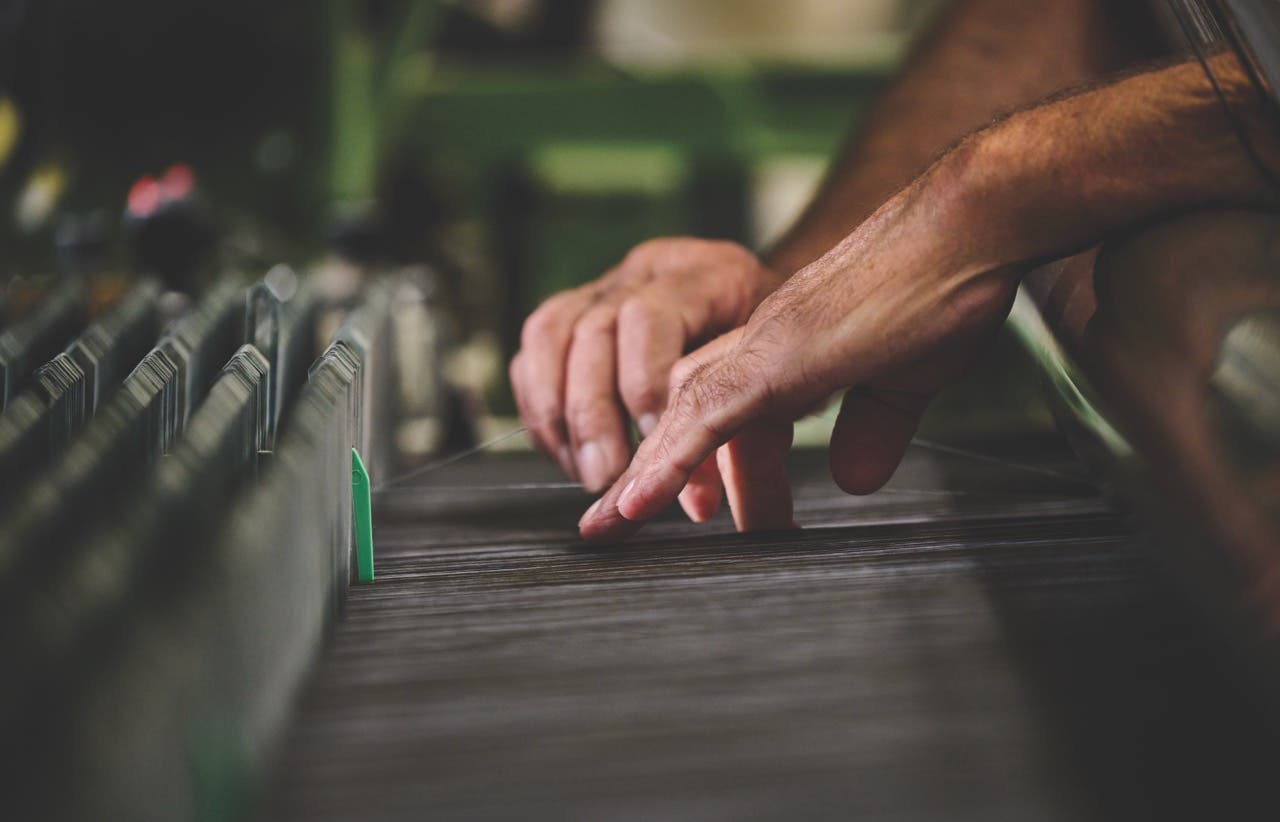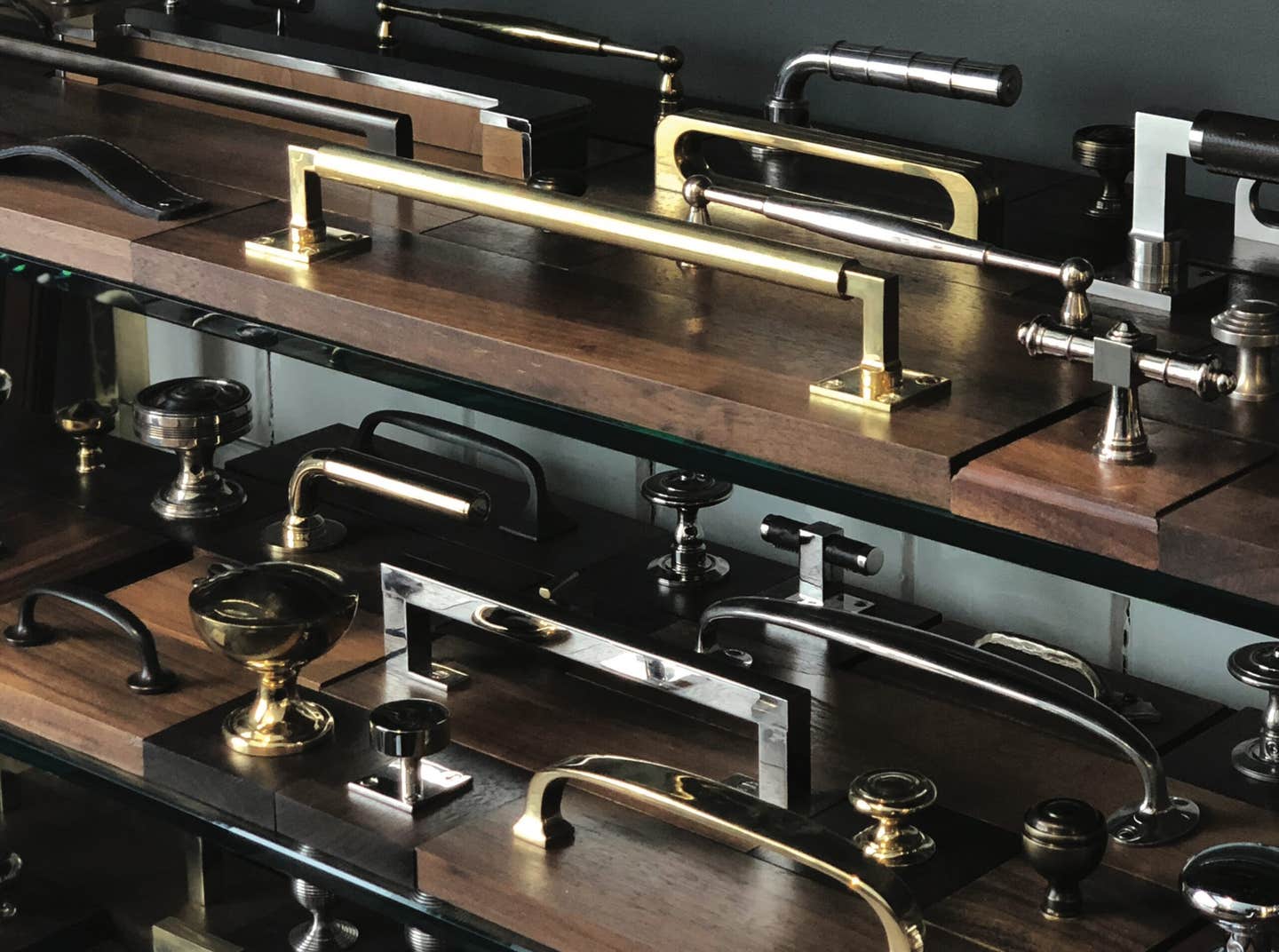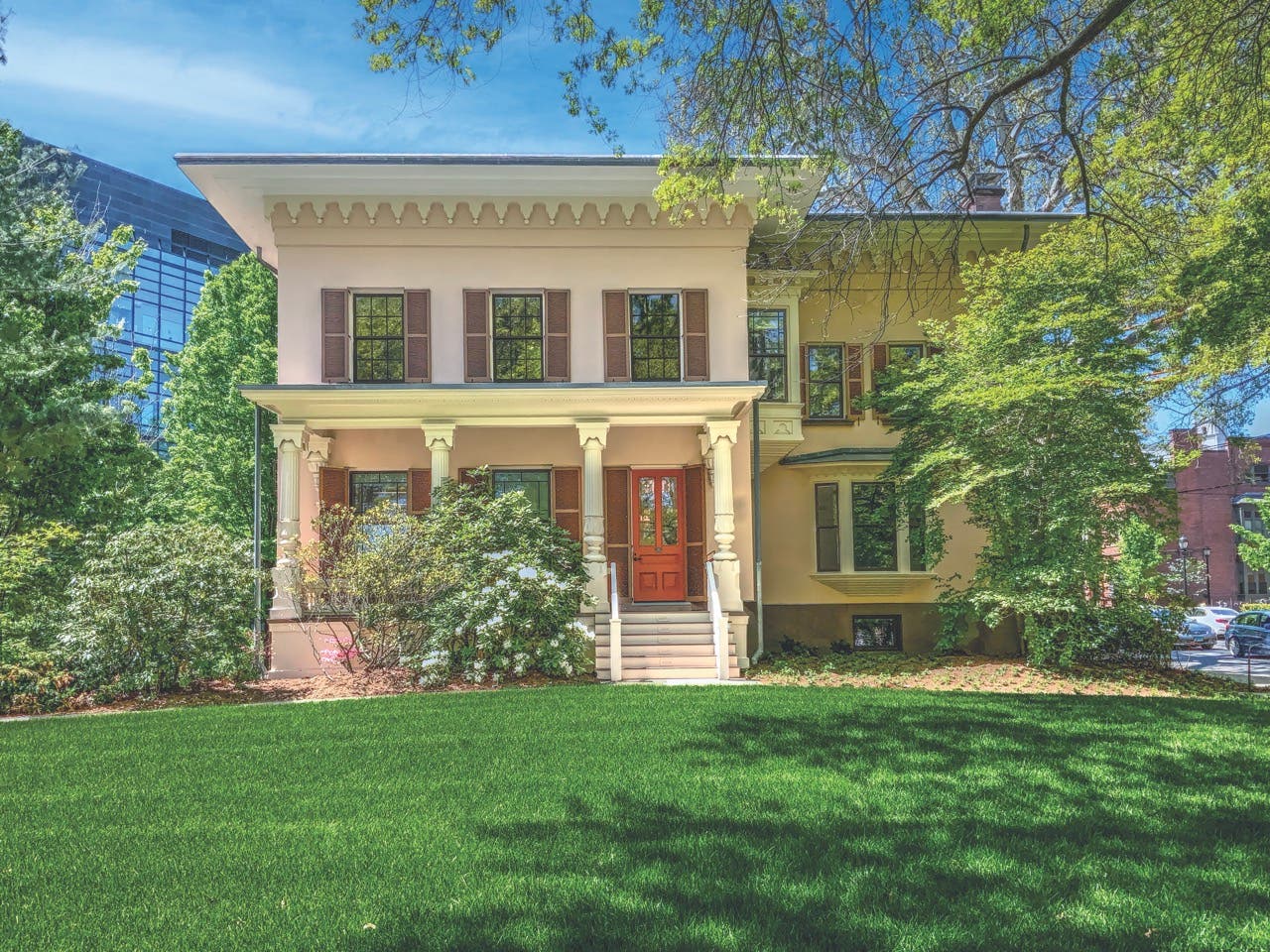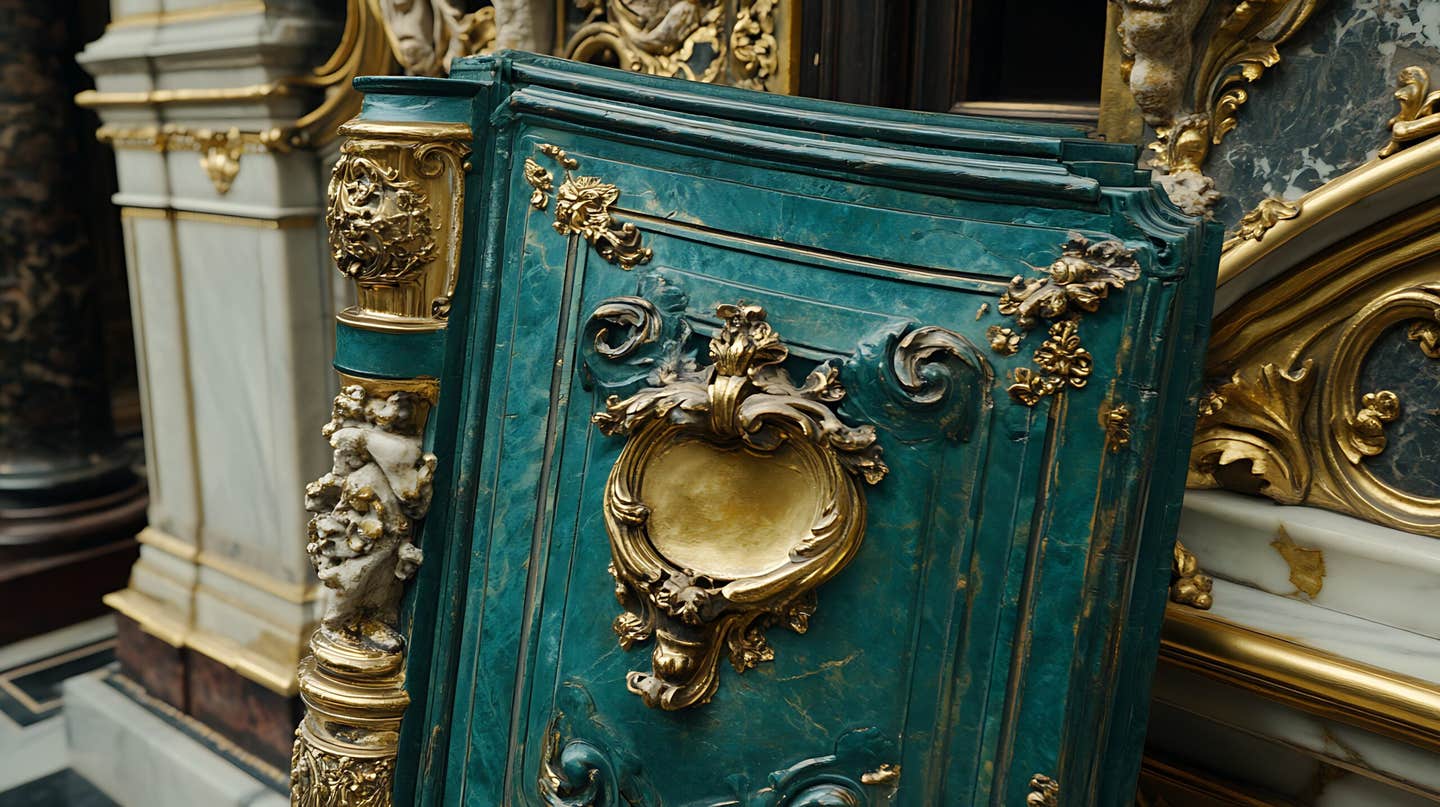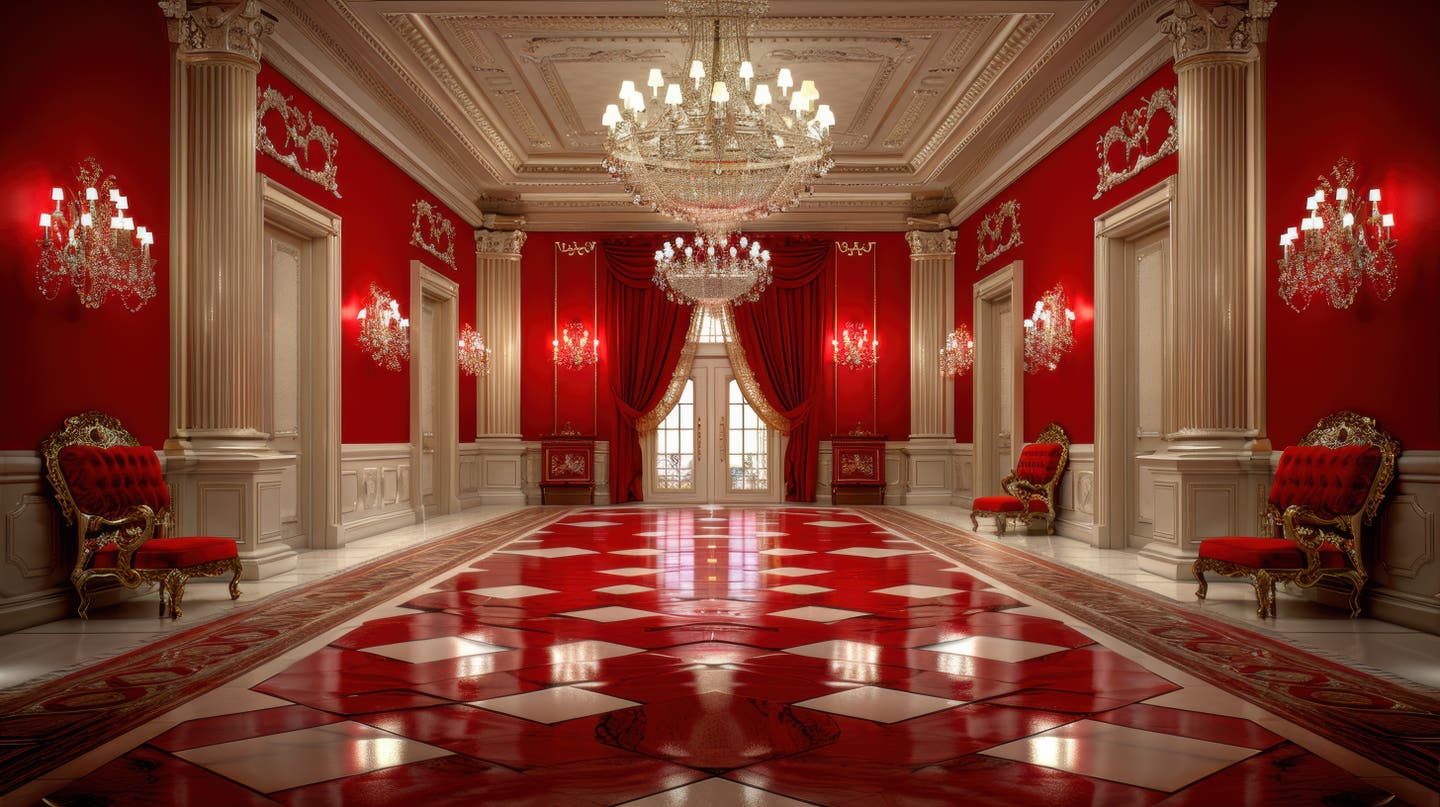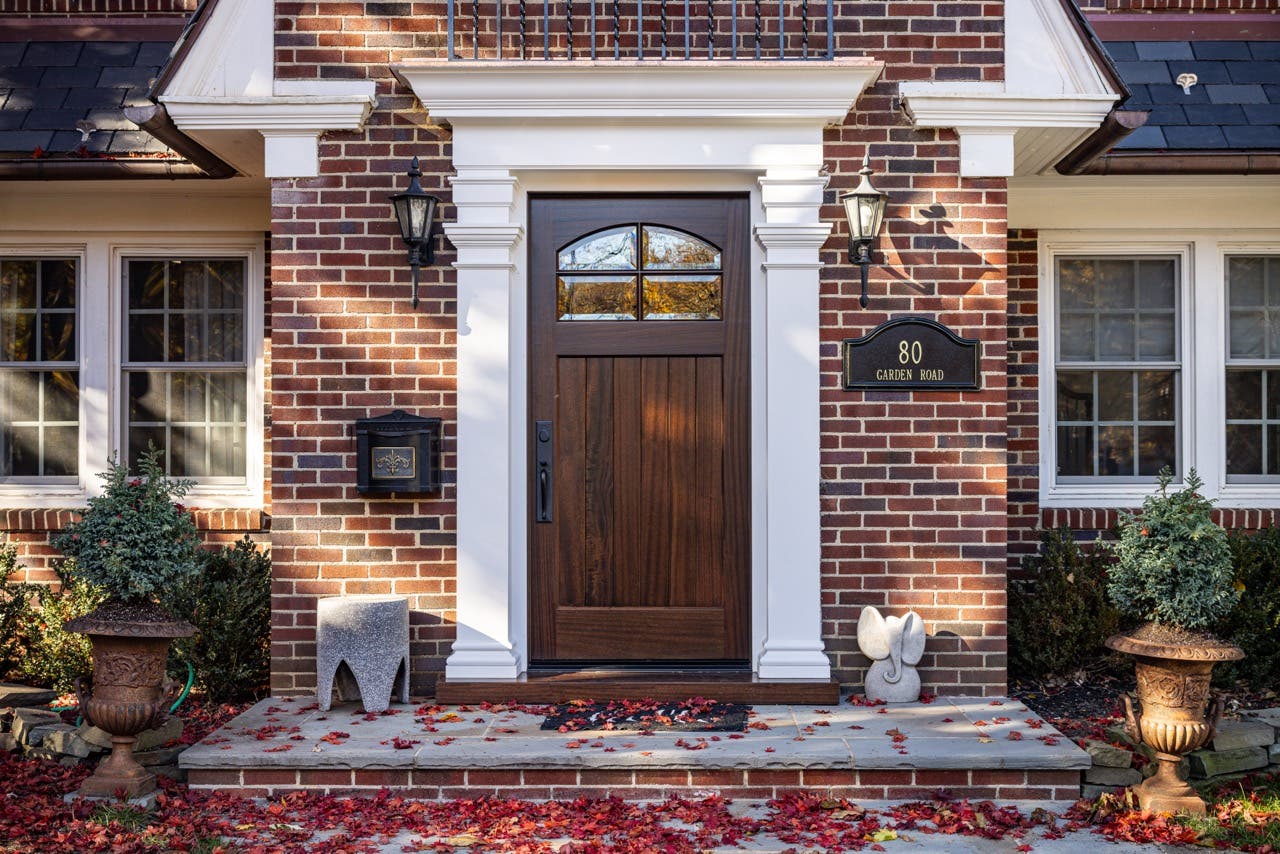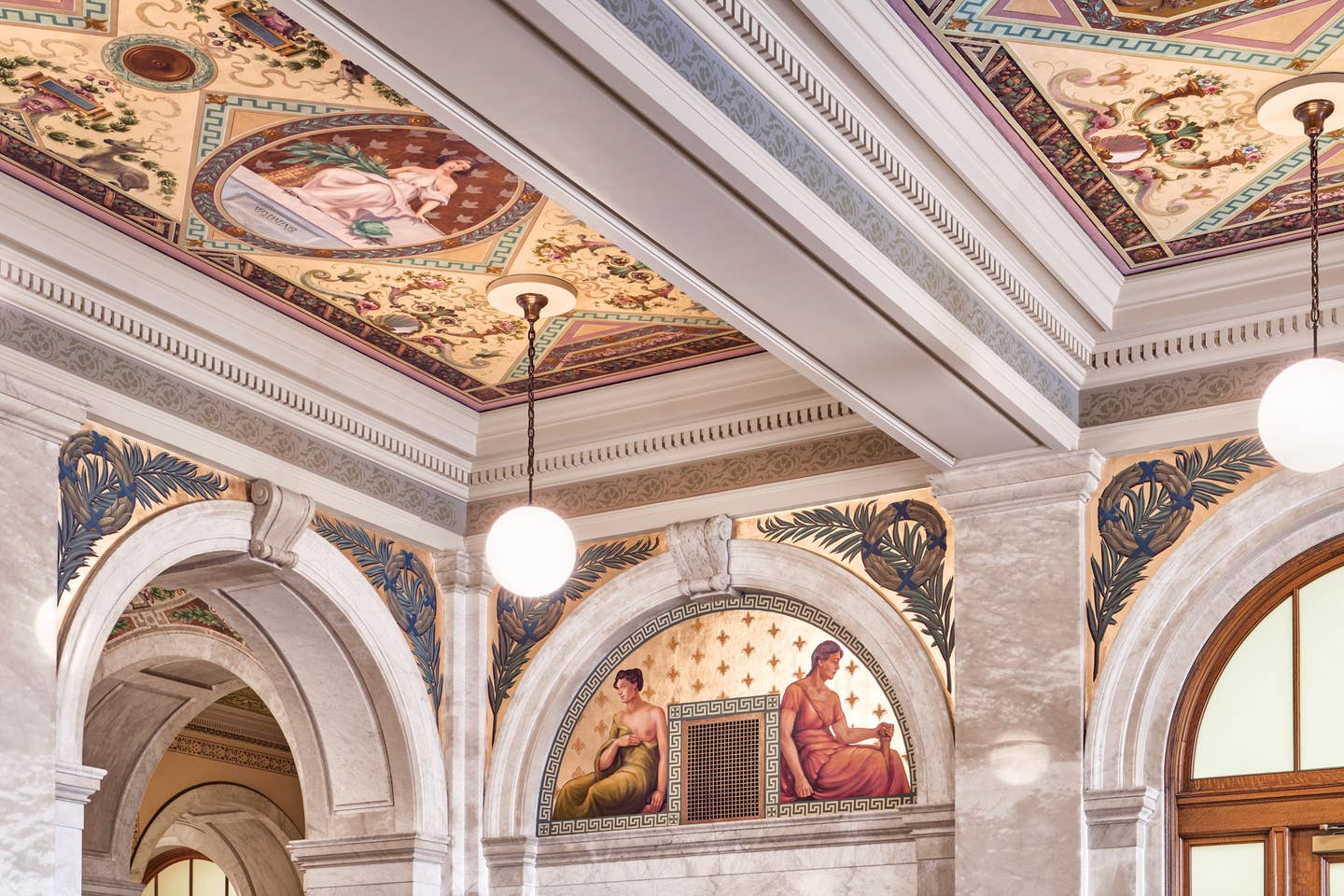
Product Reports
John Canning & Co.’s Art Conservation at Luzerne County Courthouse
In 1906, the citizens of Luzerne County, Pennsylvania, erected a Beaux-Arts inspired, Neo-classical courthouse in the city of Wilkes-Barre that rivaled the finest buildings in the world. As the industries of rail, coal, and steel had brought the county great prosperity, no expense was spared. Pittsburgh architect Frank J. Osterling (1865-1939) embellished the building with a rotunda, materials including Botticino and white Italian marble, bronze, 125 murals, simulated mosaics, decoration, and gilding.
When faced with a major preservation project for the courthouse, the County Commissioners secured the services of John Canning & Co., a renowned Connecticut-based firm specializing in the conservation of historic decorative art, finishes, and plaster. Canning was hired to serve as the undertaking’s primary contractor and conservator. After a successful 90-day pilot project in the south lobby, the full restoration of the rotunda proceeded, along with that of the third-floor hallway. The six-month project was completed in April 2018, on time and within budget, at a cost of $2.2 million.
The courthouse is built on land near the Susquehanna River. The setting is beautiful, but its proximity to the river proved to have a downside. The site was damp. Starting soon after the building was placed in service, groundwater infiltration, water infiltration in the rotunda dome, and several insensitive restoration campaigns took their toll on the courthouse’s treasure trove of fine and decorative American art. Counting 125 murals, the courthouse’s collection is large by anyone’s standards. Furthermore, the murals had been painted by some of America’s leading artists of the day: Will H. Low (1853-1933); Kenyon Cox (1856-1919); William Thomas Smedley (1858-1920); Arthur Brounet; and Edwin H. Blashfield (1848-1936). After groundwater problems were solved and the dome was rehabilitated, conservation could proceed on the murals and other decorative elements.
David Riccio, plasterer, decorative painter, and a principal of John Canning & Co. explained the process: The conditions of the artwork varied from panel to panel, and each mural was individually assessed and a specific treatment developed. A majority of the murals suffered from water intrusion that left behind efflorescence as well as biological growth and mildew. Previous intervention and overpainting had been performed on many of the murals, some more than others, during two earlier, separate campaigns. Canvas delamination, tears, rips, areas of overpaint, flaking paint, and paint loss were all documented and mapped out on architectural drawings.
A team of conservators and craftsmen consolidated the plaster at water-damaged locations and replicated ornamental moldings and details prior to the conservation of the artwork. Each mural was treated appropriately, based on its condition. Murals with pockets of delamination were re-adhered through adhesive injection, and of the 36 murals (in the dome) executed on canvas, 11 required complete removal from the substrate.
Conservation cleaning methods varied, based on the specific condition of each mural; an aqueous solution was developed or a dry-cleaning method employed to remove surface dirt and grime while leaving the original finishes unharmed. While the project incorporated the dome as a whole, it was essential to consider each finish as an individual element—each mural, each molding—to provide the best conservation practice for each work of art. Understanding the conditions of each mural allowed each piece of artwork to be restored as the original artist intended and reinstating the original decorative finishes, tied all aspects of the historic fabric, including the bronze and marble features, together.
Riccio noted that he, Canning project manager David Grough, and their team of artisans and conservators fully appreciated the significance of their endeavor: they had become the stewards of masterpieces created by an earlier generation of sophisticated artists and craftsmen. All the artwork had meaning. This heightened the team’s determination to do well and right by the original artists and craftsmen, even without access to any original construction drawings or documents. As members of the American Institute of Conservation, the firm routinely follows ethics and protocols established by the AIC, but this project inspired a reverence for the original artists’ intent in a particularly powerful and meaningful way.
A project of this magnitude always includes challenges. Conservators today find themselves under pressures inherent to other contractors on a preservation project. In this case, the county had revised its contracting processes prior to finalizing the collaboration with Canning. Strict deadlines had to be met and were enforceable by monetary penalties.
The project is a credit to all involved. The county took its role as owner and steward very seriously and held its contractor to a high standard. The team from Canning recognized that the work of many major American muralists at the turn of the 20th century was in their hands. They applied accepted conservation practice and gave their best effort to protect this gallery of American art. Finally, the taxpayers of Luzerne County supported a preservation effort for a building and artwork whose heritage all Americans share. The Luzerne County Courthouse project demonstrates the value and importance of preserving America’s rich Neo-classical architectural heritage. Great art and architecture belong in all communities for all generations.
Key Personnel
Principal, David Riccio, John Canning & Co.
Project Manager David Gough, John Canning & Co.
Project Architects Don Baron, Jude Cooney, A+E Group, Inc.
Key Suppliers
D. Force Environmental Monitoring Systems
Professor Richard Wolbers, Winterthur/University of Delaware
Judy L. Hayward spends her days pursuing a passion for historic architecture and the ways in which it can be reused to sustain and grow healthy communities. She develops courses in partnership with builders, architects, traditional craftspeople and others to teach both historic preservation and traditional building skills. She has one foot in the nonprofit world as executive director of Historic Windsor and the Preservation Education Institute and the other foot in the world of media and information services as education director for the Traditional Building Conference Series and Online Education Program.


